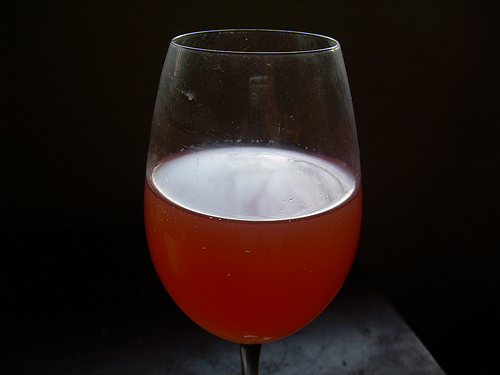Making Homemade Mead—It’s a Honey of a Drink
Mead is an alcoholic beverage made by fermenting honey and water, sometimes with fruit and spices added as flavorings. Contrary to popular belief, Mead is not simply a sweet wine produced from honey. Mead can be dry, semi-sweet, sweet or include other fruits. It can be as varied as the honey from which it is made.
By varying the proportions of honey and water and the point at which fermentation is stopped, a wide variety of types can be produced ranging from a very dry and light, to sweet and heavily bodied. If fermentation is left to continue while bottled, sparkling mead resembling a sparkling white wine or champagne can be produced.
The main ingredient of any mead is honey. Both the flavor and the color of the honey depend on the variety of the flower that the nectar comes from. Clover honey is light in color and mild, while honey from buckwheat is much darker and stronger. Honey is rich in simple sugars; dextrose and levulose and contains more calories than ordinary sugar in addition to sodium, iron and potassium levels that make it ideal for fermentation.
Honey is probably mans oldest sweet food. In many early civilizations it was celebrated as food for the Gods, as a gift from the Gods or as a giver of immortality. The Egyptians, Greeks, Romans, and other ancient peoples used honey in making cakes and candies as well as beverages. It was also used to make salted meat more palatable, hence “honey hams”. Wherever there was a large orchard there was sure to be an apiary. It was very common for households to have a small orchard as well as a small apiary, or for locals to come together and contribute the honey that had been gathered over the summer to a brewer who could make mead for them.
Until the late middle-ages both meads and sparkling meads were highly popular beverages, especially in northern regions of Europe, where wine grapes could not easily be grown. As the importance of honey was displaced by less expensive sugars in the late Middle Ages, mead was gradually displaced by less costly beers and ales and to a lesser degree by imported wines. Nonetheless, it was always considered for medicinal value and was prescribed to even royalty.
FUN FACTS: The term ‘Honeymoon’ comes from the common practice of drinking honey wine for a full cycle of the moon during medieval times. Mead was considered an aphrodisiac and the newly married couple drank mead for the first month of their marriage to ensure that the union would be a fruitful one.
Tip your glass to the New Year folks, and try your hand at making your own batch of Mead.
To learn how check out these informative sites for directions and supplies:
http://makemead.net/easy-bread-yeast-mead-recipe.aspx
http://www.midwestsupplies.com/
![]() photo credit: di.wineanddine
photo credit: di.wineanddine

Recent comments
Aenean nonummy hendrerit mauris. Phasellus porta.